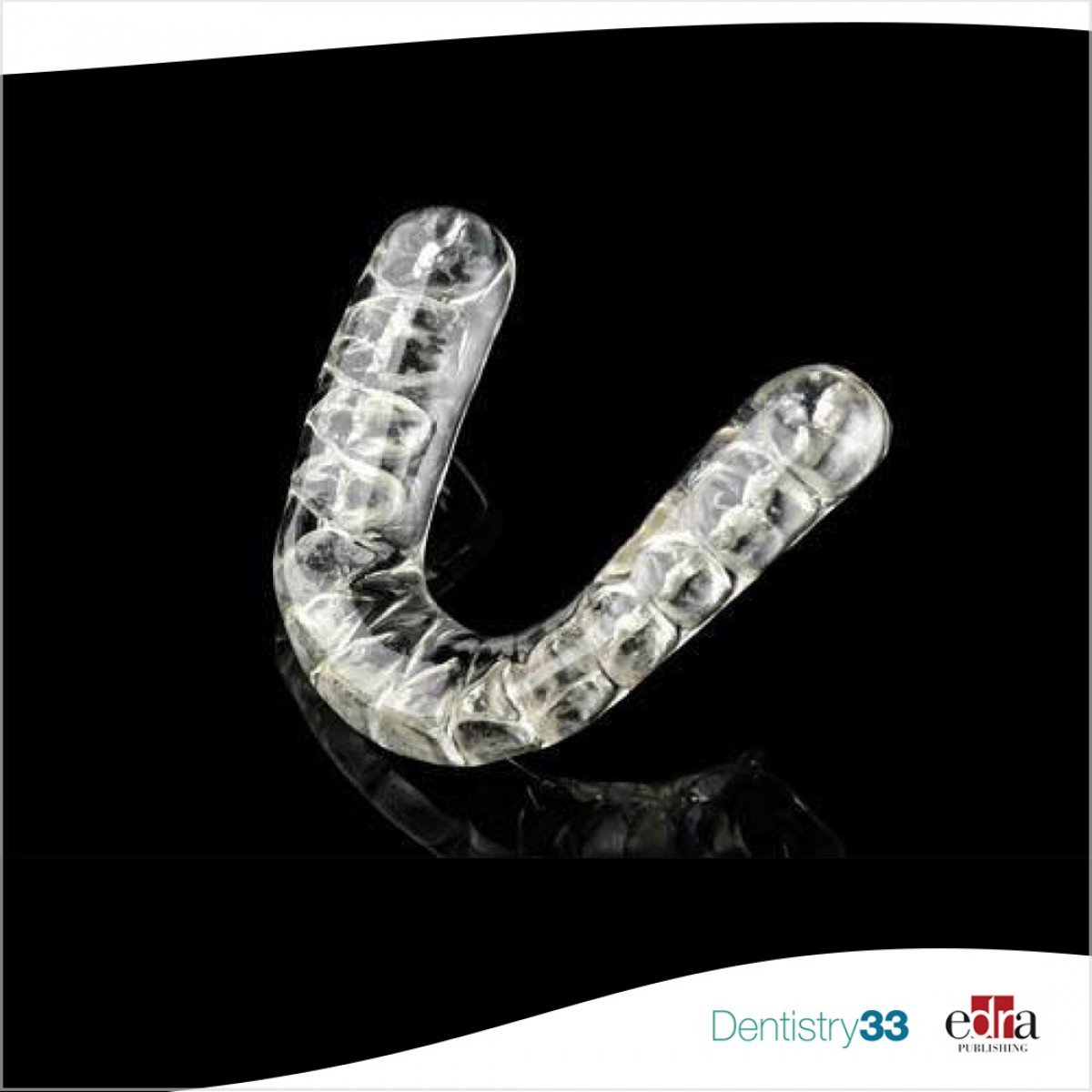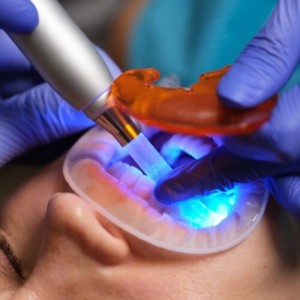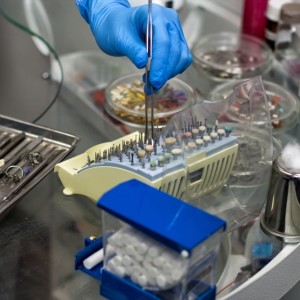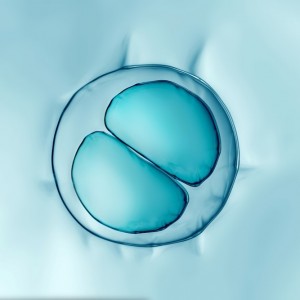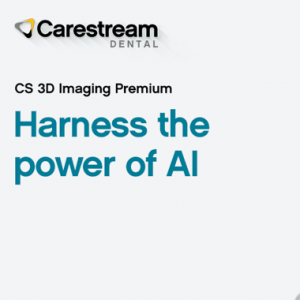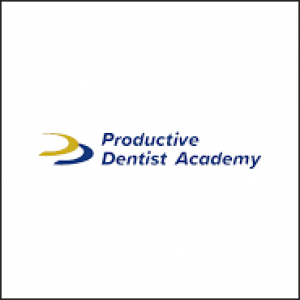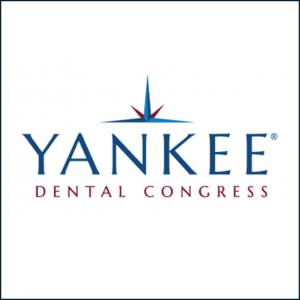
3D-printed retainers VS thermoform retainers: which have the best fit?
Massimo Gagliani
Advances in digital dentistry have paved the way for the use of computer-aided design (CAD) technology in the modern orthodontic practice. Today, a 3-dimensional (3D) digital model, produced with an intraoral scanner, can be easily manipulated to perform the necessary measurements to facilitate diagnosis and treatment planning. In addition, digital technology eliminates the need for storage space and makes the retrieval and transfer of the models easier.
In the study of Colea et al., published on the American Journal of Orthodontics and Dentofacial Orthopedics, 24 models were taken, both with traditional anagogic techniques (alginate impressions) and with intra-oral scanners (two groups). The first group the retainer was thermo formed while a digital printer was employed for the second group and third group using an STL file.
Average differences of the conventional vacuum-formed retainers ranged from 0.10 to 0.20 mm. The commercially available and 3D-printed retainers had ranges of 0.10 to 0.30 mm and 0.10 to 0.40 mm, respectively.
The traditional vacuum-formed retainers had the least amount of deviation from the original model. 3D-printed retainers are good alternatives to the traditional vacuum-formed retainers. Retainers may be successfully 3D printed with the use of stereolithography technology.
 Related articles
Related articles
Orthodontics 08 October 2025
The field of orthodontics in its new era is venturing ahead to more up-to-date technological point of view.
Orthodontics 25 August 2025
Orthodontics 25 June 2025
Clinical application of magnets in orthodontics and biological implications: a review
Over the last decade magnets have been used in orthodontic and dentofacial orthopaedics and attempts have been made to evaluate the biological implications of magnets and magnetic fields during...
Orthodontics 10 June 2025
It has long been claimed that presurgical orthodontics is crucial to the outcome of surgical-orthodontic treatment for dentofacial deformity
The use of 3D technology in orthodontics has increased recent years. 3D intra-oral scanning, cone beam computed tomography (CBCT), 3D printing and computer-aided design and computer-aided...
 Read more
Read more
Oral pathology 24 October 2025
Isolation and characterization of dental pulp stem cells from a supernumerary tooth
Dental pulp stem cells (DPSCs) were primarily derived from the pulp tissues of primary incisors and permanent third molar teeth, whereas no report to our knowledge has yet been documented on deriving...
Editorials 24 October 2025
From mentoring workshops to leadership insights, the last week’s IU School of Dentistry (IUSD) fall faculty conference and staff retreat brought faculty and staff together respectively for two days...
Products 24 October 2025
At the American Academy of Periodontology’s Annual Meeting, Carestream Dental continues to deliver what’s next in dentistry with the launch of CS 3D.
News 24 October 2025
As dental professionals prepare to wrap up 2025, many are setting ambitious goals for the year ahead, yet few have a clear, actionable plan to achieve them.
News 24 October 2025
The Yankee Dental Congress will take place from January 29, 2026, through January 31, 2026, at the Thomas M. Menino Convention & Exhibition Center in Boston.


